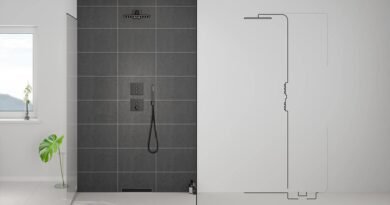What Is Job Costing and How to Do It?
- Job costing is a systemized way of tracking and monitoring production expenses, with each “job” representing an order from a customer.
- Correct production costs help the company measure profitability, benchmark themselves with competitors, and plan budgets and operating expenses confidently over long periods.
- Basic job costing consists of the sum of direct labor, material, and overhead for each job.
- Direct labor is the cost required to employ team members and staff needed for handling production tasks. Indirect labor such as administrative staff salaries are part of the manufacturing overhead.
- Material encompasses all raw materials and components used in the production of finished goods, including indirect materials like nuts, bolts, adhesives, etc.
- Overhead includes rent, property tax, administrative costs, equipment depreciation, and other factors. As overhead is used in the production of all goods, it is often difficult to estimate, especially when there is no concrete production or capacity plan for the period.
- Job costing gets more accurate the more standardized and predictable the manufacturing processes are. It is a good option in MTS, MTO, and ATO environments, but could become very complex when a company makes products with many different iterations and when services are included as part of production.
- Traditionally, job costing has been done using manual calculations and frequent re-assessments. This, however, can quickly become overwhelming.
- Using an ERP/MRP system can help companies do job costing quickly and efficiently.




